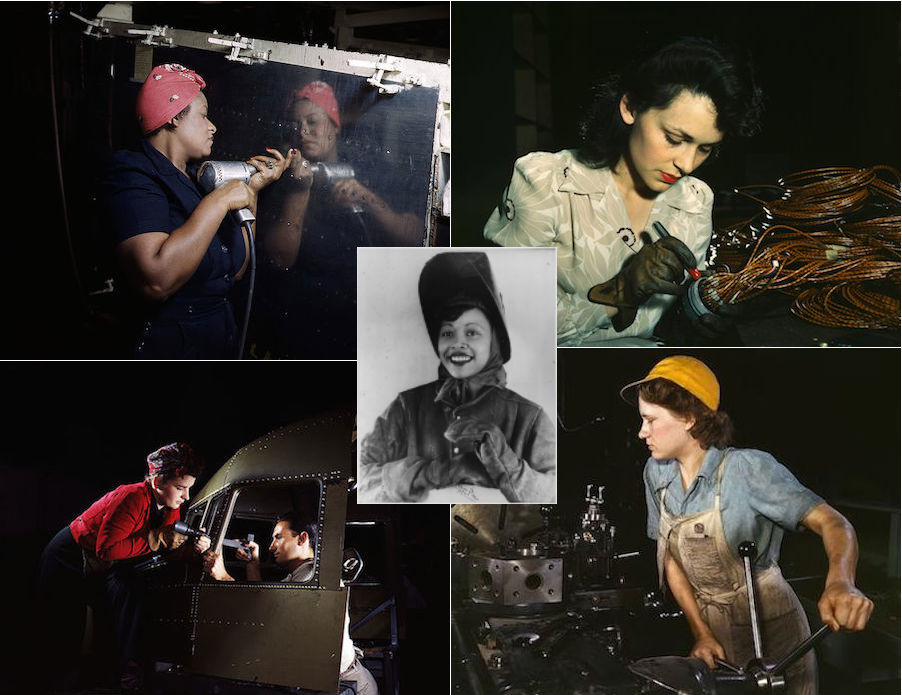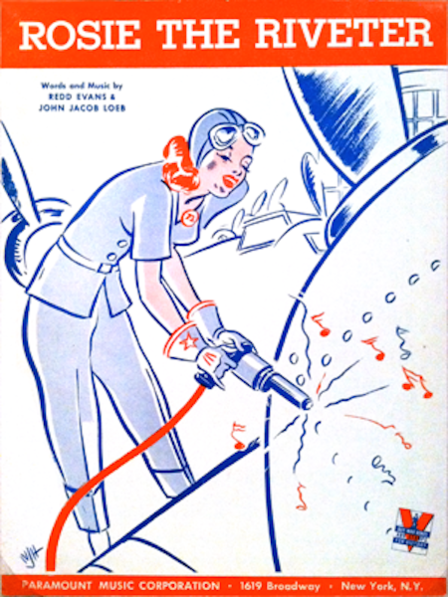
There are icons of our culture that sometimes aren't what they seem to be. Or maybe they evolve over time to become something else.
Rosie the Riveter was somebody who made it into a popular song, the cover of a Saturday Evening Post and the modern feminist movement. But like many things in our culture, her actual appearance was different from what the media portrayed. In researching this, I was rather amazed at the number of women who were supposedly the real Rosie.
Rosie the Riveter was not really just one person. She was a composite of all of the women who went to work, many for the first time, during World War II. These were the jobs that men used to do—factories, assembly lines, welding, taxicab drivers, business managers and much more. Some 6 million women became Rosies all over the country. From 1940 to 1945, the female workforce grew by 50%. The phenomenon even created a secondary need that wasn’t very much in demand before that: child care workers.
By 1944, the movement increased the number of working American women to 20 million. Some were African American, Latina and other backgrounds who were previously underrepresented in the workforce.

Rosie the Riveter first came into our nation’s consciousness via a popular song. Our country already was experiencing women in the workforce, and the effort to recruit women was being spun up. In 1942, Redd Evans and John Jacob Loeb penned a song, “Rosie the Riveter,” about these women who were going to work in massive numbers.

